…continued from Page 1
IE – Have you noticed any dire changes for the birds in your region in the past few years that has affected their presence or population?
Ramit Singal – Definitely. Much like the rest of our country, habitat loss has been a major issue in my region. Manipal is growing fast and at tims, habitat changes from Sunday to Sunday. I would reckon that almost 40% of the forested/wooded patches I used to bird in 5 years ago are no longer present.
Bird life has certainly been impacted. A number of birds have not been seen in good numbers in recent years. Good examples would be buttonquails and larks which have seen their grasslands get converted into construction zones. Similarly, as development increasingly encroaches upon less-frequented forests and groves, it is of concern to see indicator species like the rarer forest bulbuls, thrushes, woodpeckers et al get replaced by commoner urban species like the Red-vented and Red-whiskered Bulbuls.
IE – What according to you is the best possible way to help?
Ramit Singal – It must start with awareness. With birdlife, it is essential to note that a plethora of biodiversity exists outside recognized protected areas and zones. This habitat is often owned by private land owners and residents. While a lot of the growth cannot be stopped with increasing demand for space and resources, it is important that some balance is maintained and unnecessary growth be condemned. Community action is a must and local communities must be engaged as watchdogs to prevent illegal logging, overgrazing, etc.
It must start with awareness.
Of course, each area has it’s own needs and while the fundamentals remain the same – the actions need to be carried out and tailored in accordance with local temperaments and customs.
IE – Has your interest in birds encouraged others in your university to take up bird watching?
Ramit Singal – I have been very fortunate to have had the university, students and associated media take notice of my bird-watching activities. Today, there are over 100 birders in Manipal – a considerable increase from the days when I was the only one going out over the weekend about 5 years back. These birders come from all backgrounds – students, authorities and locals. Today I am proud to say that the Sunday birdwalks sees new participants on a regular basis and runs smoothly even though I am not actually present in Manipal anymore.
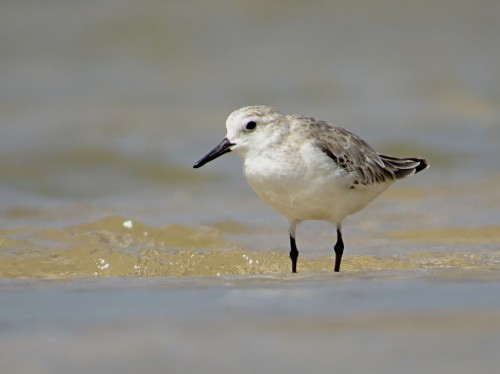
IE – Can you share some tips on bird watching for someone who has just started.
Ramit Singal – It’s funny how I never really started out with any tips. I think the bird watcher learns “ethics” with time anyway – and as does the patient bird photographer. However, for those with needs of quick results – I usually just keep it simple, don’t disturb the bird – watch with eyes, hear with ears and don’t use much of the feet and mouth (and also recorded calls)!
The basic idea is to make sure the bird and it’s surrounding are as undisturbed as possible. As any photographer would say, there are few things as satisfying as a photo session with the bird as engrossed in doing what it was doing when you leave as it was when you arrived.
IE – Where in India would you like to visit to see the bird life of the region? And in the world?
Ramit Singal – I recently visited the north-east as a volunteer for NWBCT’s Amur Falcon project and that was a dream come true as far as birding in India is concerned. But I love the Himalayas and the coast and would happily keep revisiting them again and again even if the birds remain the same. Keeping that in mind, I guess the two places I would love to visit are Ladakh and the Andamans – for the mountains and the sea respectively and also for all the lifers I could get!
I have been to Kenya, Taiwan and China since taking up birding and the bird life in all these places was fabulous. I guess visiting any new place and seeing new birds is always thrilling!
IE – People talk of saving tigers. Do you think enough is being done for the endemic birds of India?
Ramit Singal – Well, one must be thankful to the amount of concern tigers get because it is their parks and reserves that serve as excellent protected habitats for a large number of our birds as well. They truly are an umbrella species. Corbett, Kaziranga, Melghat, parks in the Western Ghats all are home to some fantastic, localized and rare birdlife.
Of course, we are still a long way behind providing protection specifically to endemic birds but I’d like to think we are moving in the right direction. The Great Indian Bustard has finally gotten the attention it deserves though I fear we may be a little too late. Only time will tell if our people and government take the case of birds and management of their habitat seriously over the coming years. Citizen Scientists and birdwatchers have been instrumental in using the internet and social media as a platform to make sure that your average Joe today has heard about birding and birds in general, which has added some pressure on to the authorities to do something.
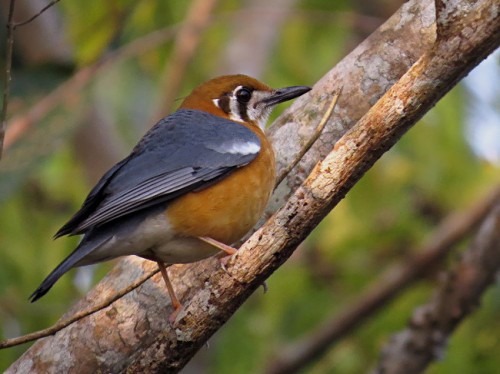
IE – Any special message you would like to give India’s Endangered readers.
Ramit Singal – I hope everyone keeps up their relationship with nature and gives back in the form of conservation and awareness for the same.
I think India’s Endangered is a wonderful online portal with a wealth of information and it’ll be great to see its readers carry forward the spirit and message of the website.
IE – Is there a way for readers to contact you with their queries and know more about your work?
Ramit Singal – I am always available on my e-mail – ramitsingal@gmail.com and I can be contacted via facebook as well.
More Related Stories,
Interview: Jayanand Govindaraj, Capturing Moments in the Wild
Two Bird Species make Debut Appearance at Andaman & Nicobar Islands
First Sighting of Rare Bird in Little Rann of Kutch
Tripura’s Vanishing Vultures to be Bred in captivity
All image courtesy Ramit Singal.

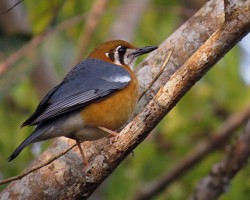
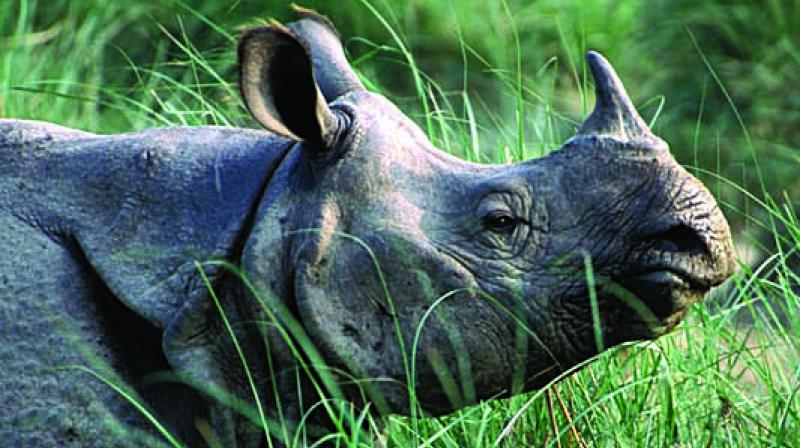


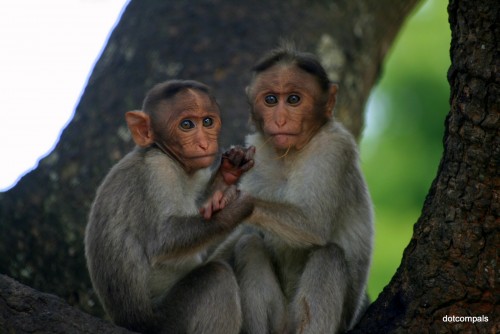
2 thoughts on “Interview: Ramit Singal, In the World of Birds”